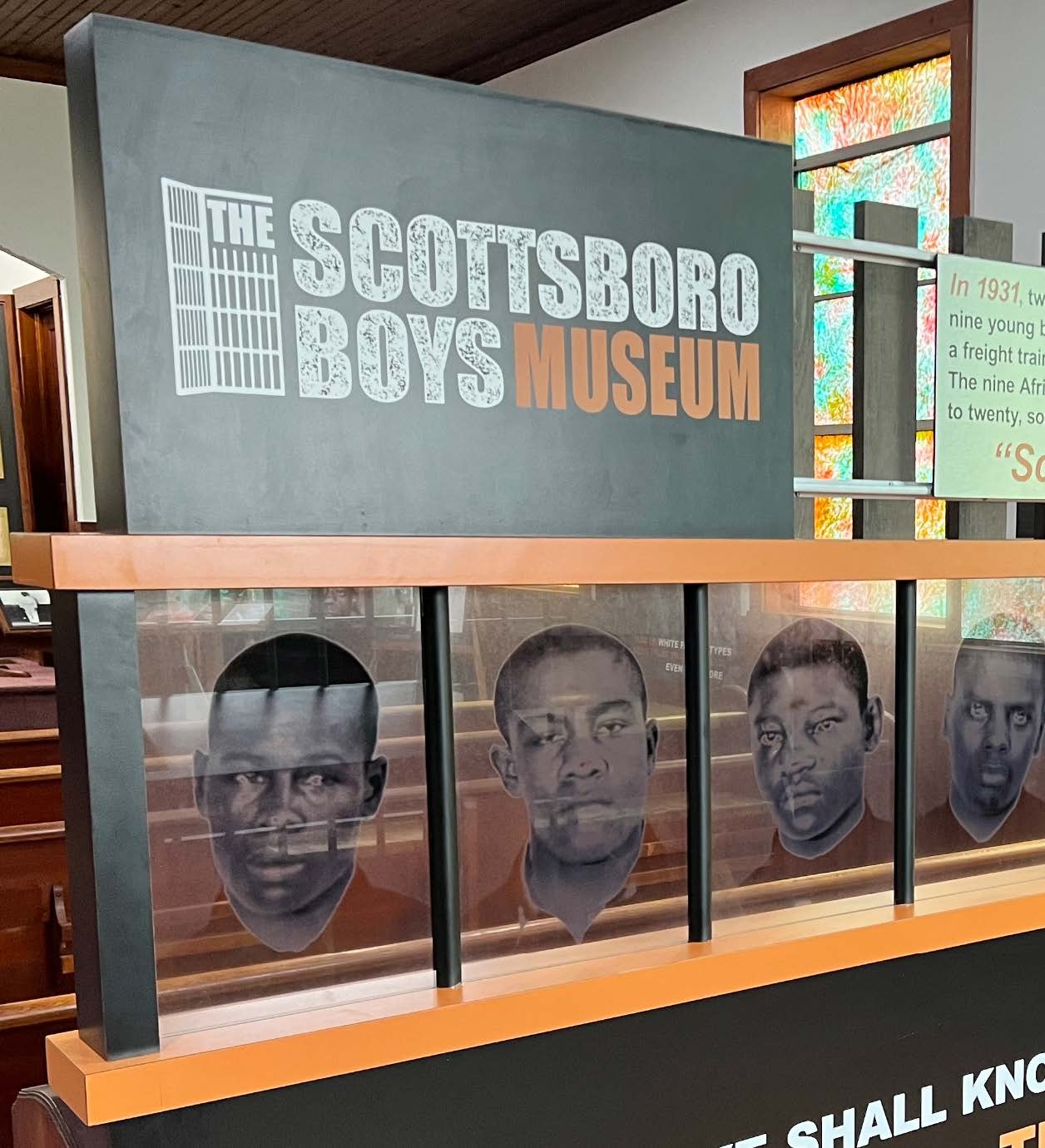
The Scottsboro Boys Museum commemorates the lives and legacy of nine young African Americans who, in the 1930s, became international symbols of race-based injustice in the American South, and celebrates the positive actions of those of all colors, creeds, and origins who have taken a stand against the tyranny of racial oppression.
We are committed to advancing reconciliation and healing, and promoting civil rights and an appreciation of cultural diversity worldwide.
The Scottsboro Boys Museum is particularly interested in collaborating with educators in order to discover new and more effective ways to teach race in today’s classrooms.
Education
Many have seen a connection between The Scottsboro Boys case and To Kill a Mockingbird, such as:
1. Rape—Both accounts involved accusations of rape by a white woman, with the perpetrator(s) being African American(s).
2. Venues—Both Maycomb and Scottsboro were small towns in segregated Alabama and both stories took place in the 1930s. Maycomb was based on Monroeville, which like Scottsboro, was a county seat.
3. The Accused (s)— Black men. Tom Robinson was the sole defendant in TKM. He is convicted but later killed trying to escape prison. He was a grown man. None of young Scottsboro nine died while incarcerated.
4. Jury—Juries for both Tom Robinson and the Scottsboro nine were white males. US Norris v Alabama (1935) compelled the state to end its discriminatory practices and include African American men on its juries.




